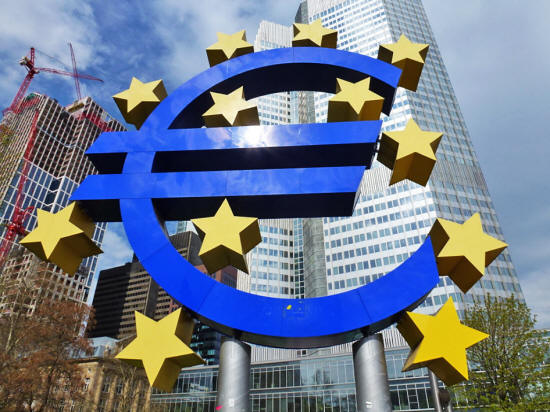|
Spanish version (Gideon Benari/Solvency II Wire)
In the absence of Trump's tariffs, Europe could have benefited from a nascent recovery of world trade, investment and finance.
But now even these hopes
are diminishing...
End of expansionary
cycle, rise of political fragmentation
...have accounted for much of the region's growth.
Yet, the expansionary
cycle has eclipsed in each.
The uneasy coalition between her center-right CDU and the center-left SPD has been strained, while the left-leaning Greens and radical right AfD have gained. As a result, the ruling coalition suffered an electoral defeat of the ruling coalition in regional polls.
In 2018, German economy
grew by 1.5% and continues to slow.
His movement En Marche! served as a façade for French corporate giants in banking, real estate and finance, which he was quick to reward after the election.
As Macron's tax reforms
fell disproportionately on the working and middle classes, the
yellow vests movement spread like a wildfire. In the fourth quarter
of 2018, French growth slowed to 0.9%, despite Macron's €10 billion
stimulus package to appease the yellow vest protests.
Almost three years since the Brexit vote, there is little consensus on the terms of the UK-EU divorce, despite the looming March deadline. Thereafter, UK is likely to face higher tariff and non-tariff trade barriers, reduced foreign investment and lower migration inflows.
Relative to a no-Brexit
scenario, the divorce threatens to penalize UK GDP by 5 to 8%.
The antipathy against the political ruling class is so immense that the country is governed by a coalition of radical right (Matteo Salvini's League, LN) and radical left (Luigi di Maio's Five Star Movement, M5S).
The friction with the
Eurozone has escalated about Italy's spending plans and debt ratio,
which now exceeds 132% of GDP.
On January 25, he acknowledged that risks have,
Draghi has pledged that the ECB will use all its monetary levers in case the slowdown takes a turn for the worse.
Unfortunately, those levers may not be adequate and a new ECB Governor will be elected next November. Theoretically, the lost momentum could be re-captured in a year or two, but that would require a favorable external environment.
Thanks to Trump's
tariffs, worse is likely ahead...
What's more likely is
another round of QE - likely through cheap financing programs - to
support growth and infuse liquidity. However, the absence of common
institutions will prevent the kind of fiscal adjustment that's
possible in the U.S., Japan, and China.
In addition to Draghi's
expected departure, the European Commission should get a new head in
October after Jean-Claude Juncker's 5-year term. Unless
Brexit is significantly delayed in which case Juncker might seek to
maintain his position to steer the bloc through the Brexit process.
Mainstream right (Christian-Democrats, EPP) and left (Socialists and Democrats, S&D) will continue to shrink, but may still garner 40 to 45% of all seats. Neoconservatives (liberal ALDE) could up their share to more than 10%.
The greatest advances are
expected among the radical right and the radical left, which
together might grab every fourth seat.
Despite erosion,
global actor
The EU GDP exceeds $19
trillion; the Eurozone, $13 trillion. The actions of European
multinationals, investors and governments have a critical role in
shaping global growth prospects.
...is greatly needed as a
peaceful balance in a multipolar world...
|


